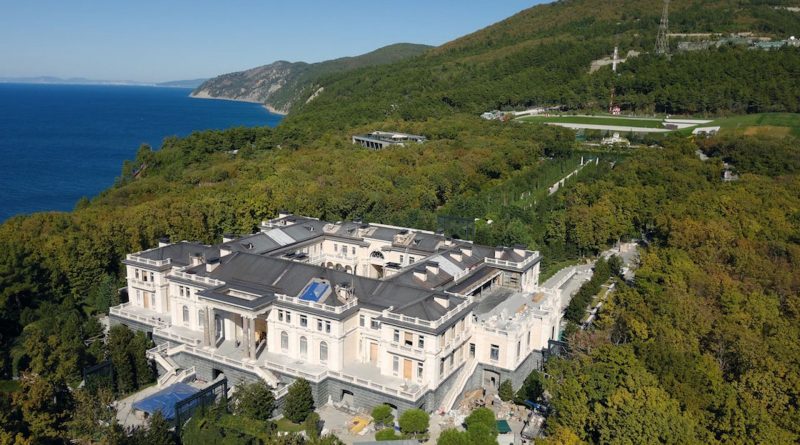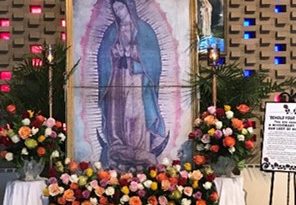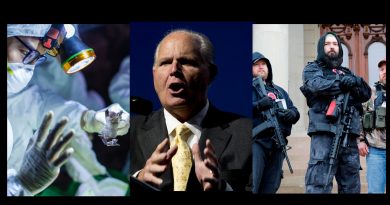Putin’s Palace? Colossal One billion dollar home described as fit for a James Bond Villain – Russian officials deny ties to Vladimir Putin
Earlier this week, an absolutely massive investigation dropped regarding a highly intriguing site on Russia’s Black Sea coast referred to as the Residence at Cape Idokopas or, more commonly, Putin’s Palace, after Russia’s President Vladimir Putin. The extremely high-security estate, which covers an area just over 168 acres near the resort town of Gelendzhik, reportedly belongs to Putin, though a web of associates and shell companies. It’s a totally unique, if not puzzling installation that many have kept a close eye on for years. Now, this new report offers unprecedented insight into where it came from and what it actually includes.
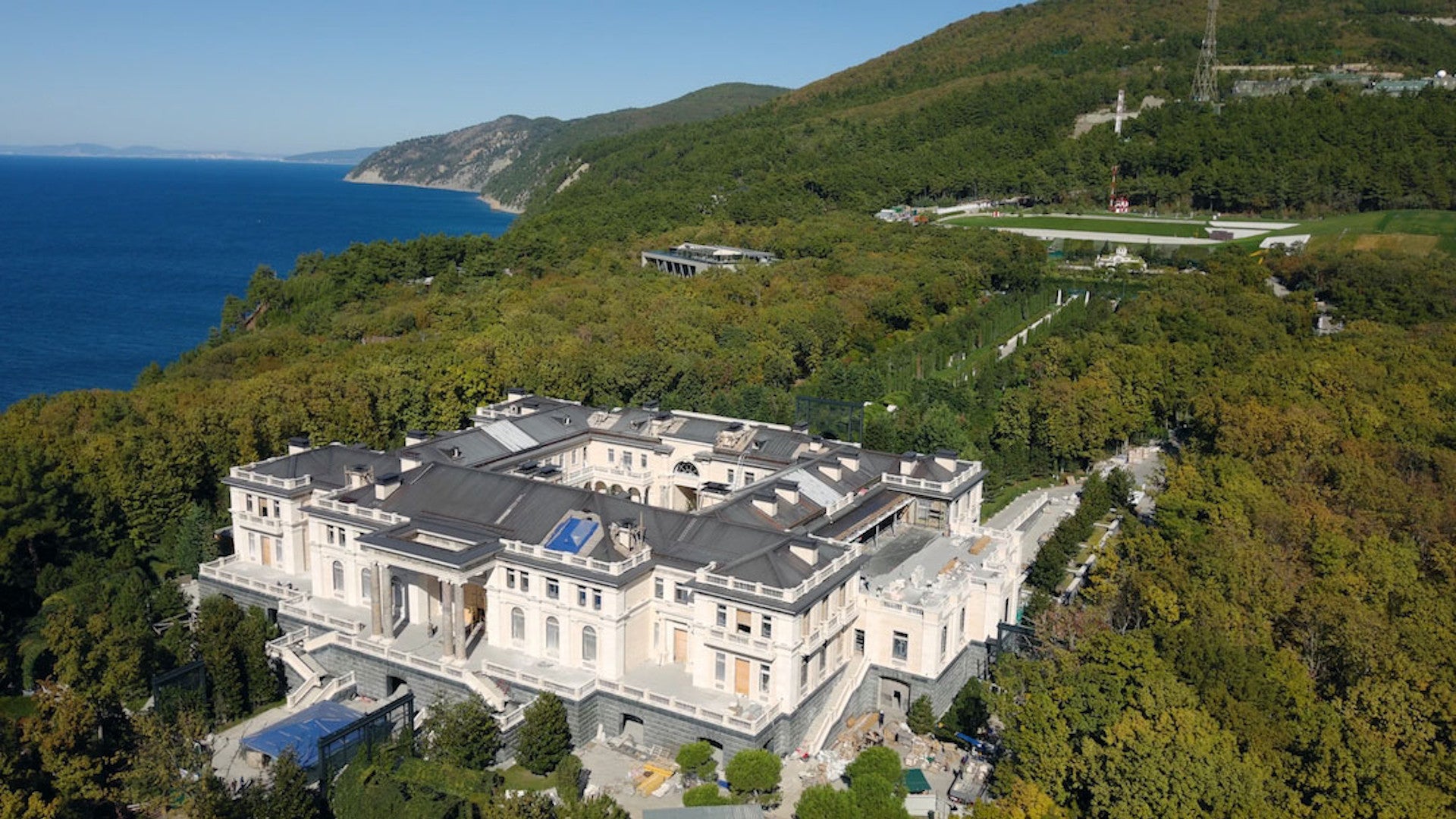
The Anti-Corruption Foundation, also known by its Russian acronym FBK, released the investigative report, which is presently available only in Russian, but is still well worth exploring in full, on Jan. 19, 2021. It is based heavily on financial records and other documents the organization obtained from various sources. It also includes never-before-seen exterior views of the property, including its Italian-style palace, ice rink, amphitheater, and more, as well as highly detailed interior depictions of what the main residence might eventually look like based on floor plans obtained from a whistleblower showing opulent amenities, including a huge pool, a theater, a casino, and a lounge with a pole-dancing stage, among others. FBK estimates that the entire estate, which it says also has features that feel more appropriate for a villain in a James Bond movie, including an escape tunnel, is worth approximately just under $1.4 billion. The reality is that its real worth is more or less unquantifiable, as nothing else exists really like it, outside of the likes of North Korea possibly. Even then, executing a project of this magnitude, at least in qualitative terms, would be challenging due to the tight sanctions placed on that country.
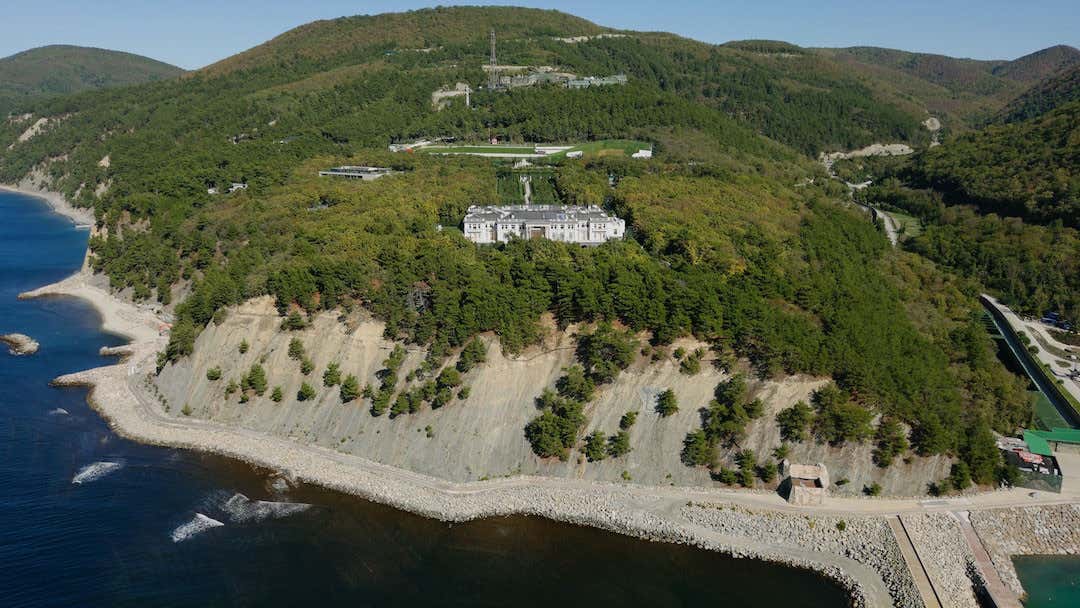
FBK is a Russian non-profit organization that seeks to expose corruption among government officials and that has been highly critical of Putin. There is strong evidence that FBK’s founder, Alexei Navalny, was the target of a Russian government assassination attempt last year involving one of a secretive family of chemical weapons, known collectively as Novichoks. Navalny was eventually medically evacuated to Germany, where he recovered. The day before his team put the palace investigation online, he had returned to Russia, where he was summarily arrested on highly questionable grounds relating to a suspended prison sentence from 2014 and charges of libel against a World War II veteran.
Putin’s personal spokesperson Dmitry Peskov dismissed the report as “pure nonsense,” reiterating the Russian government’s long-standing position that Putin has no connection whatsoever to the site. However, media reports and whistleblower allegations over the past decade have provided evidence that Russia’s President has been tied to the estate on the Cape Idokopas since at least 2000.
The palace, which looks fit for a tsar, is, o
f course, one of the most prominent structures. It alone occupies an area of around 17,691 square meters, or approximately 190,424 square feet, according to FBK. Navalny’s team says that costs associated with this building have grown substantially over the years. High humidity in the region, combined with faulty ventilation systems, led to serious mold problems that needed remediation. The palace has been under perpetual construction for many years.
The palace is just one of a number of structures on the property, though, some of which appear to also still be under construction to varying degrees. FBK identified what it said was a greenhouse, as well as an outdoor amphitheater. A very long bridge connects what Navalny’s team said was a tea house to the central area of the sprawling installation. A number of the buildings appear to have been built and rebuilt over and over again, pointing to a very demanding owner with limitless financial resources.
There are also various buildings that appear to be offices and dormitories. This is not surprising given that the entire estate undoubtedly requires an equally massive staff and on-site security team. Putin and his staff might have a need for additional, more specialized office space outside of the main residence, as well, to conduct any necessary work, including on particularly sensitive issues, or to serve as a more robust command center during a crisis. There is a very prominent radio tower on this section of the property, as well.
Putin’s Kingdom also has its very own church. Putin is a practicing member of the Russian Orthodox Church and its current head, Patriarch Kirill, is a major political ally of the President.

